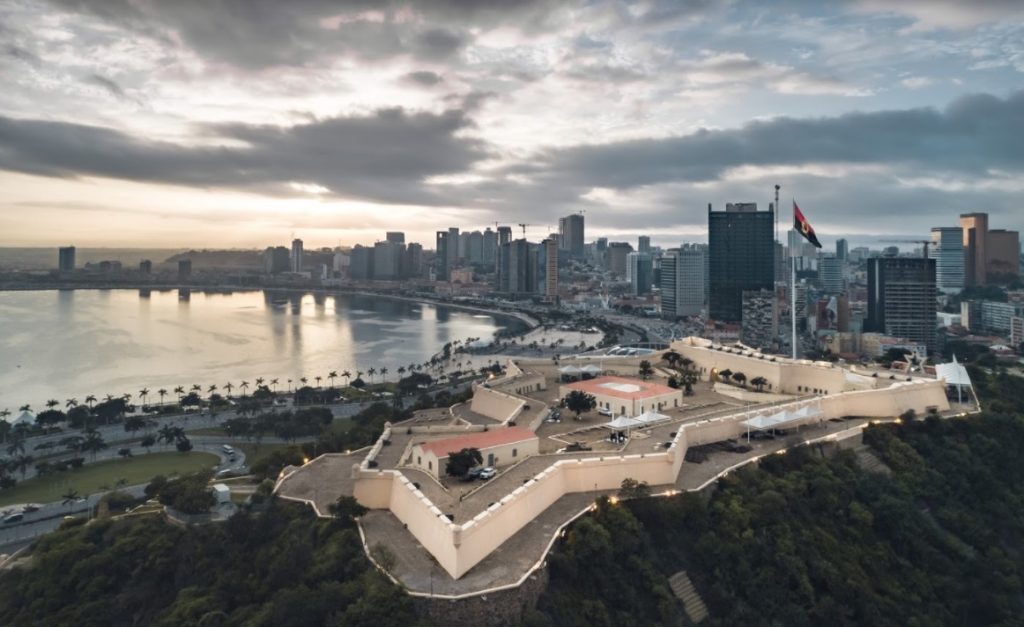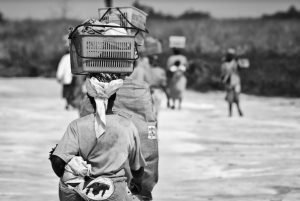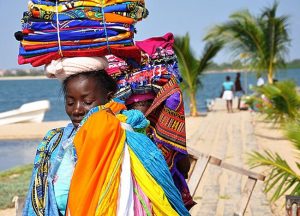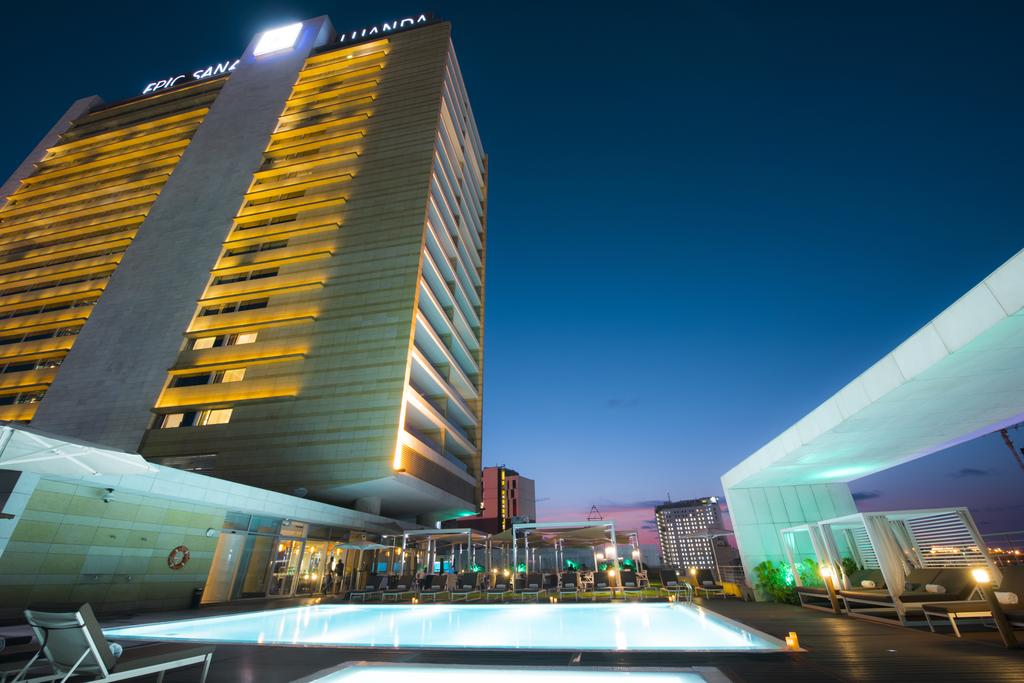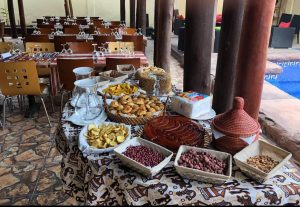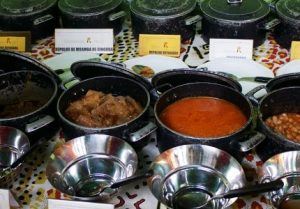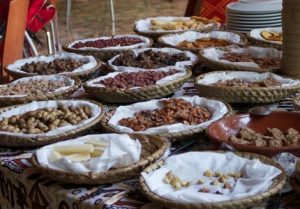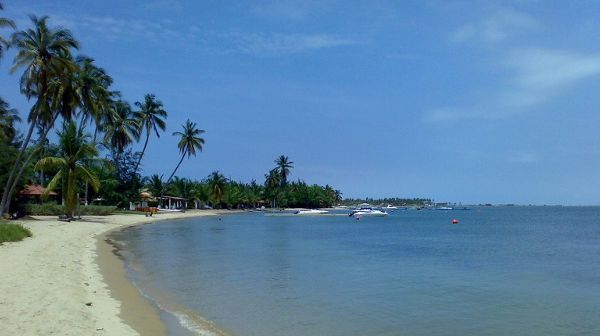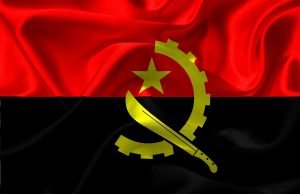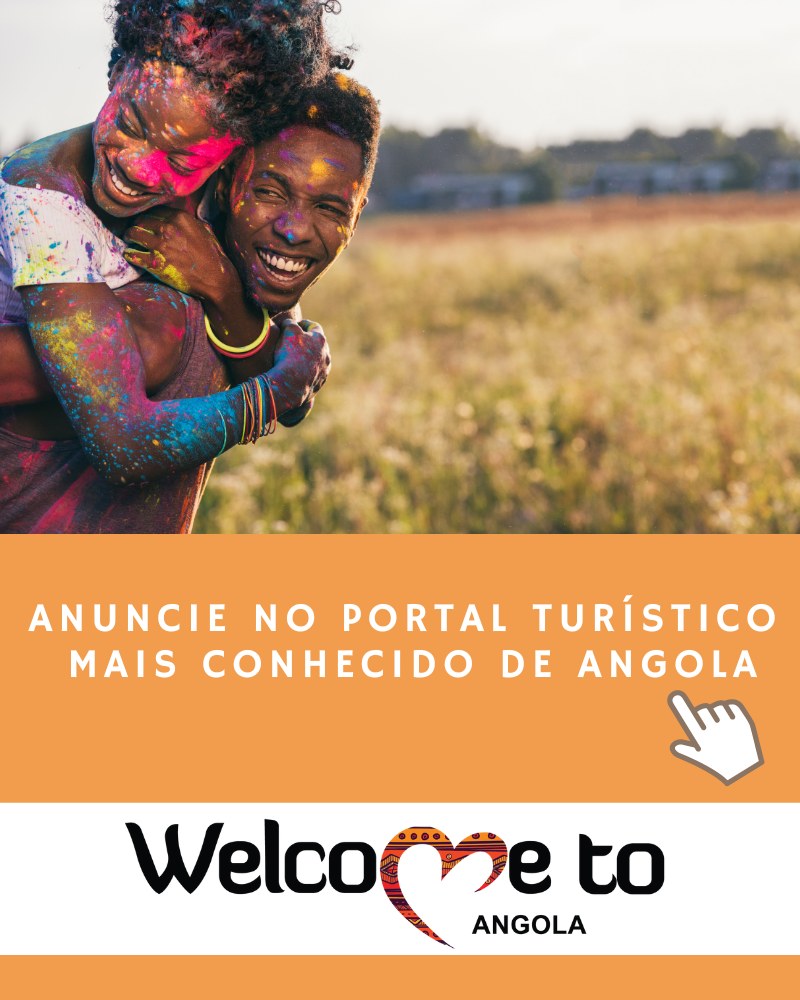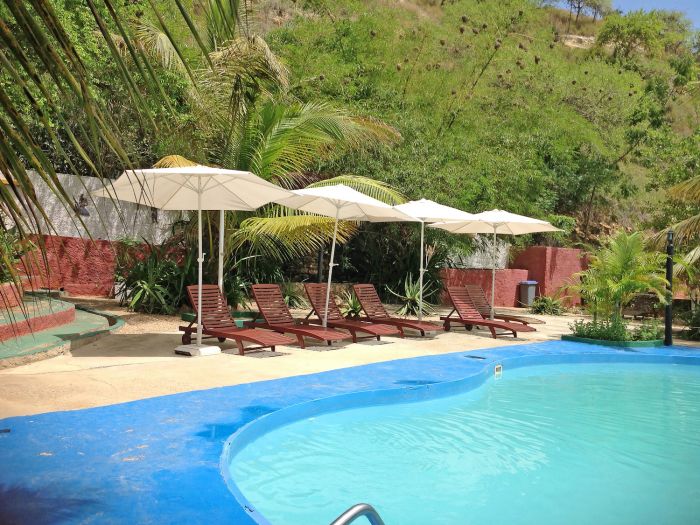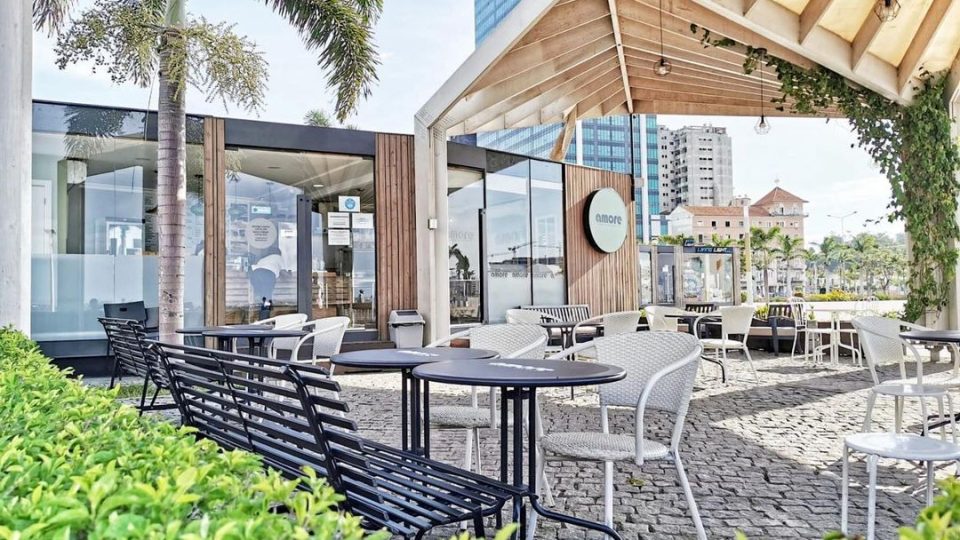- Fortress of São Miguel
History
According to oral tradition, the territory now known as the province of Luanda began its political formation in the 13th century, when it was still considered the land of the Mbundu peoples (or Ambundu). This training was given by the Kingdom of Ndongo.
On January 25, 1576, Paulo Dias de Novais, representing the Kingdom of Portugal, founded São Paulo de Loanda, as an advanced trading post. From then on, several conflicts between the colonial forces and the Kingdom of Ndondo took place, while the region continued to gain strategic relevance as a capital for the Kingdom of Portugal.
In 1810, it was renamed the district of São Paulo, but some referred to it as the “district of Luanda”, and it was only on May 14, 1934 that it finally gained the status of province, with the issuance of the decree no. 23 848.
Geography and Demographics
- Total Area - 18 826 km²
- Population - 7 976 907 (2018)
- Average Temperature - 25°C
- Climate – Wet Tropical
- Official language – Portuguese
- Traditional language – Kimbundu
Currently, the province of Luanda is divided into 9 municipalities: Luanda, icolo and Bengo, Kissama, Cazenga, Viana, Bela, Kilamba Kiaxi and Talatona. Together they have 19 communes and 37 urban districts.
The city of Luanda is the Angolan capital and enjoys a tropical climate with two seasons – hot season, from September to May and cold season (called Tempo do Cacimbo), between June and August.
The city is now heterogeneous, housing populations who fled to the capital during the war and a growing number of foreigners who travel for work or tourism.
- Kitandeira
- Zungueira
There are some typical figures in Luanda, such as:
- Bessangana (haughty bearing and traditional cloth costume)
- Zungueira(street vendors)
- Island fisherman
- Candongueiro (taxi driver)
- Roboteiro (transports goods in single-wheeled cars)
In the province, we can distinguish areas such as Ilha do Cabo (Island of Luanda), Alvalade, Benfica and many others that you can find in the our page about neighborhoods and districts of the province.
How to get
By Plane
For international flights, there are 8 airlines you can use: TAP Air Portugal, TAAG Angola Airlines, Lufthansa, KLM, Emirates, Air France, Brussels Airlines and Royal Air Maroc. Upon arrival, you will disembark at 4 de Fevereiro International Airport, which is located in the city center, so you will be close to many services and transport options.
But if it is already in Angolan territory, TAAG Linhas Aéreas de Angola and Fly Angola have regular flights and can take you to 13 of the country's 18 provinces. You will disembark at the domestic airport, also very close to the city centre.
By Bus
If flying isn not your favorite mode of transport, or if you simply prefer to take longer trips to get to know more places during the trip, Macon Transport is our most reputable interprovincial bus service company and, in addition to bringing you to Luanda for domestic trips, it also has the Luanda-Windhoek route.
Where to stay
- Hotel Epic Sana Luanda
As the country's capital, Luanda offers different types of accommodation, from hotels, resorts, tourist villages and aparthotels, as you can see on here, in our website. You have the option of making your reservation with the Angola Hotels or, if you prefer a more cultured stay full of local experiences, we invite you to visit the national version of Air Bnb, Boa Estadia.
Transport
To get around the city you won't have any problems, as the options suit all budgets:
Rent-a-car services - hertz, Eurocar and AVIS Rent a car
Private taxi: Allo Taxi and Eurotaxi
Taxi service similar to Ubber: Kubinga, T'Leva and Heetch
Public transportation: if you feel safe and a little adventurous to explore this option, there are blue and white vans that circulate through the city, as well as TCUL buses. However, to use them you must know where you are going or ask the driver's assistant (collector) to indicate you, as the stops are not signposted.
Typical dishes & where to eat
- Earth Kitutes
- fungus sauces
- Earth Kitutes
In Luanda, the typical dishes of almost every Saturday of the year are sniffs (with various sauces) and the Mufete. If you are looking for the flavors of the land, if you come from far away, good restaurants to taste them are:
- Tia Guida 2
- Funge House
- Tambarino
- Restaurante Rua 11
- Barracas da Chicala (which is not just a restaurant, of course)
For more tips on where to eat traditional dishes, read also This article
However, if your test is looking for even more variety, we invite you to visit our restaurant section on here, for more suggestions and tips on what types of restaurants you can visit.
What to do
The charm of its natural beauty in a unique atmosphere, offers a favorable climate for outdoor activities. In Kissama National Park you can find elephants, zebras, buffaloes and antelopes. An ecotourist's paradise. There are also deep sea sport fishing activities. The south coast offers several activities such as shark fishing expeditions, diving, dolphin and whale watching, hiking and quad biking.
- Mussulo Island
In Mussulo, the real island of the capital, geographically speaking, you can enjoy all water sports. For surfers, Luanda offers several beaches with very good waves, such as Cabo Ledo, which is only 80km away from Luanda and which attracts surfers from all over the world. Here, you can also do bird watching. Equally close to the capital is the Ilhéu dos Pássaros Natural Reserve, a usual resting place for migratory birds.
You should not miss the Miradouro da Lua (about 40 kilometers south of Luanda), it has a breathtaking view of the cliffs. You do not want to miss it!
In the city, discover the historical places such as, Palácio de Ferro, located in downtown Luanda, the Museu Nacional da Escravatura and the Fortaleza de São Miguel.
The best offer of drinking bars and restaurants is located in Ilha de Luanda, which is connected to the Marginal, one of the city's postcards.
The markets are ideal to feel the spirit of Angola and to find typical handicrafts from various ethnic groups, but there are also luxury shops and periodic craft fairs where you can find good gifts and souvenirs. In areas such as Panguila, Congolese, São Paulo, Asa Branca and Kikolo, a little of everything is sold. The Futungo Market, which is open on Sundays, is one of the best places to find handicrafts and the craft fairs, which take place in the malls (beautiful, avenue and strength) and in cultural spaces such as the CCBA (Centro Cultural Brasil-Angola) are good places to buy typical Angolan clothes.
Sculptures such as O Pensador and the Mwana-Pwo masks are the most sought after by the tourists. It has a great history behing the sculptures.
- The Thinker
The Angolan capital offers a wide variety of boutiques and shopping centers, places that can be useful for those with limited time.
African music lovers can take advantage of the trip to Luanda to listen to live music in some restaurants or even cultural spaces like the Home Network.
At night, dinner at sunset with the Luanda Bay as a landscape is the best way to get into the festive atmosphere of the Angolan capital's nightlife, with live music bars and clubs with African rhythms. Rhythms such as kizomba, semba, afrohouse and kuduro mark the night. Here the entertainment takes place mainly on Friday and Saturday nights.
For up-to-date information on what to do in Luanda, see the events pages cultural menu and Cultural Events Art Angola.
What to bring in the suitcase
- Summer clothes
- Slippers
- Sunscreen
- Cash (we still live a lot from the informal economy)
- Vaccination card (if coming from abroad)
- Lots of patience to face city traffic
- Good mood!
Tips for managing your expectations
Luanda is a city that is intense in the dynamics of its people, in the way the economy works and in the way the heat of the sun is felt, as well as the human warmth. That said, just as you'll have the opportunity to have uniquely positive experiences, there's a real likelihood that some things won't go so well. To reduce this probability, here are our tips:
- If you are arriving from any of the airports, prefer the taxi services recommended in this article, as unfortunately we have already had bad experiences with taxi drivers who stay outside airports, especially if you are a Caucasian person.
- Don't expect everything to work perfectly in your accommodation, the perception of “good service” is very relative.
- If walking, do not get distracted with the phone in your hand and avoid doing it at night, especially in dark streets.
- Unfortunately poverty still plagues many people living in Luanda, so don't be impressed by the number of beggars and homeless children you will find on the streets begging for alms
- In general, punctuality is not Angola's strength, so when you are told 15min, it means at least half an hour (sometimes).
- If you rent a car, at every place you park, if it is not a private car park, you can be sure that the “owners” of the place will show up to ask you for some money for having parked or just stopped your car. Normally, AKZ 100 to AKZ 200 is sufficient.
What to take home
- Flag of Angola
As a good tourist, you cannot go home without taking a souvenir of your visit to Luanda. Our three golden tips are:
- The local kitutes (fried and roasted bombo, roasted banana and jinguba)
- A piece of art: our sculptures, like O Pensador or even a painting that represents our musseques (suburban neighborhoods)
- A piece of clothing in Samakaka (the African cloth in the colors of our flag)
And so you can enjoy a complete visit to the city of the Axiluanda. Please let us know if this article was helpful to you in the comments below.
Enjoy it!

